An Ode to Messy Maxi-Minimalism
Beyond the beige. An essay on unpacking the anxiety-inducing reality of modern minimalism.
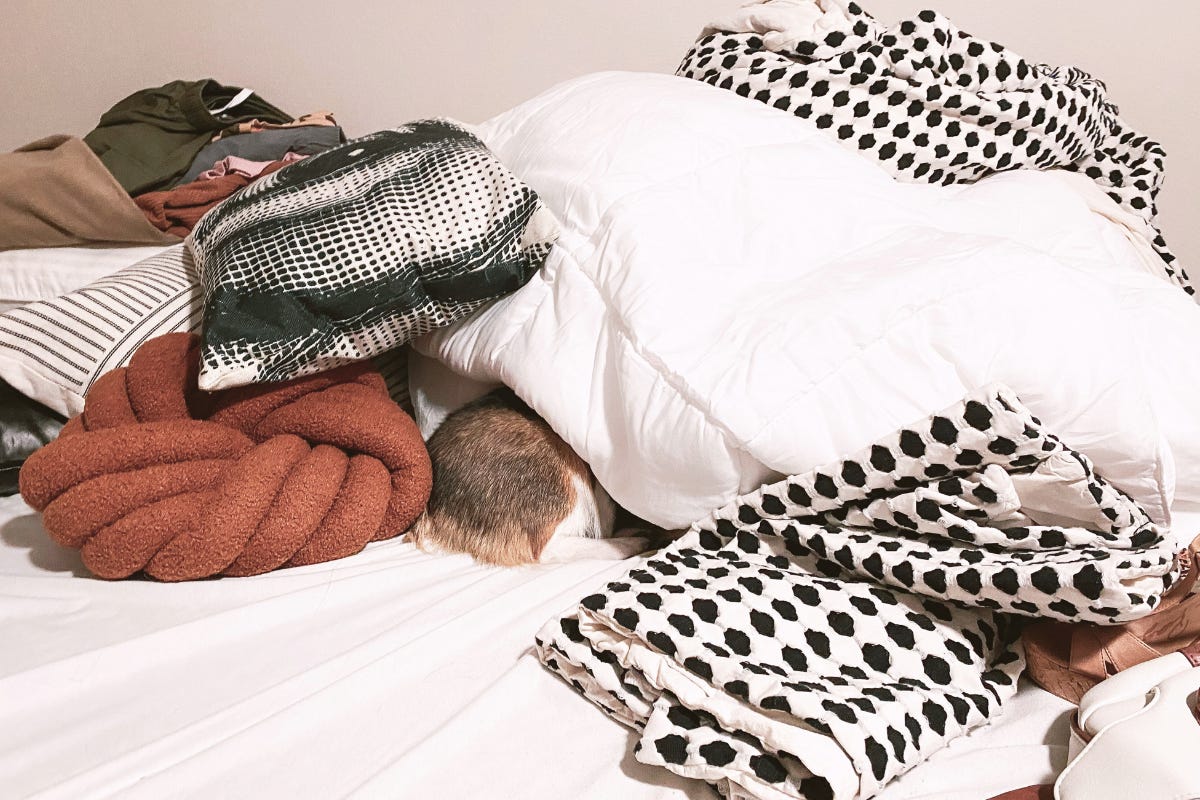
Do you know the feeling? The one where you’re scrolling through your socials, and there it is – another all-white interior. It’s a serene landscape of white-on-white, with a single, artfully placed monstera and a book placed backwards on a shelf (seriously, WTF – books are for reading!). The caption reads something like: “Simplicity is the ultimate state of well-being.”
You look up from your screen to see several half-finished side quests, a doll head on the counter (her name is Brenda), and a jar of bones. Then it hits. A feeling of guilt, shame, and a nagging sense of inadequacy for not being the Marie Kondo that Marie Kondo couldn’t be.
And that Sea Serpent ceiling is beginning to feel like a big mistake. You wonder when the noble pursuit of a simpler life became so damn complicated.
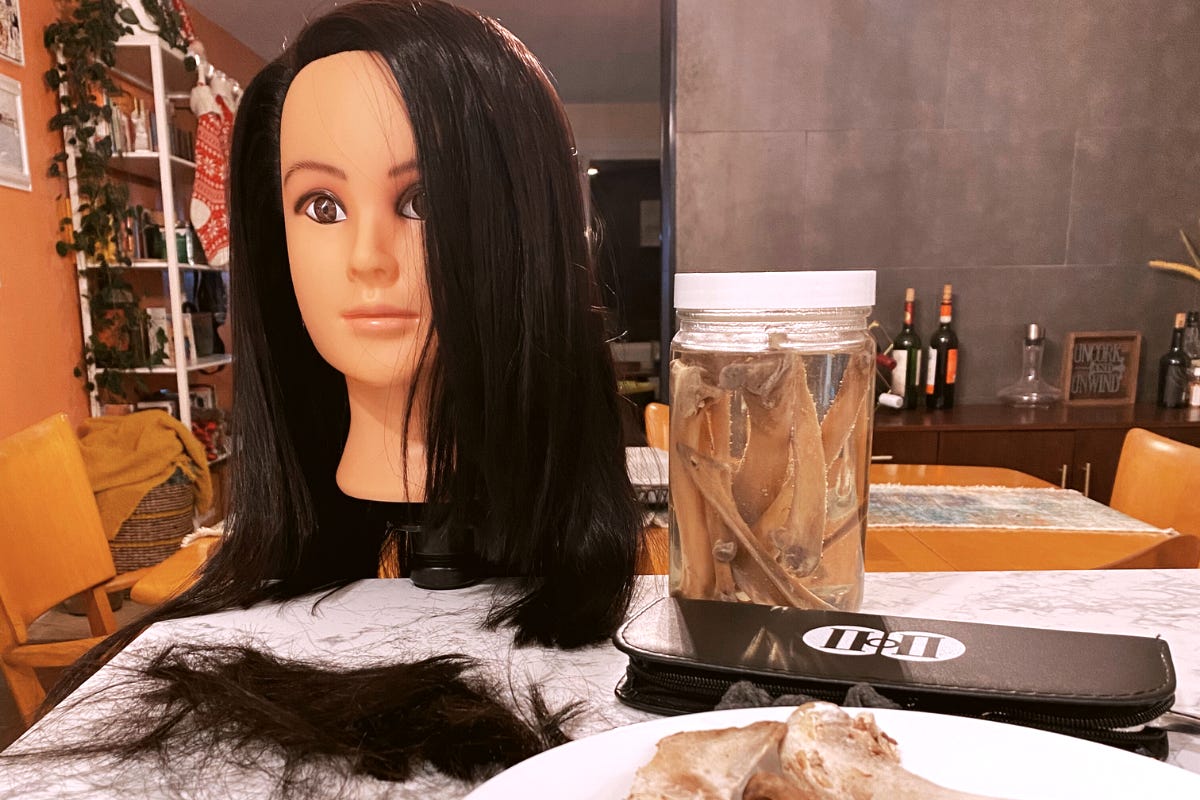
I’m not sure when, but somewhere along the way, the concept of simple, serene, and minimal was co-opted and turned into a competitive sport of obsessive decluttering, a martyrdom in the pursuit of owning nothing, and a strange cycle of ridding yourself of everything only to buy more things to organize the less in a visually appealing manner (dizzying).
Today, I want to talk about it. Because frankly, if living simply isn't fucking simple, then what the hell is the damn point?
Don’t get me wrong. I’m not dissing Marie Kondo. There’s a shit ton of research backing her core idea of being intentional with our possessions – and it's quite powerful. What I am speaking to is this modern, Instagrammable version of minimalism that promotes a kind of rigid perfectionism that is utterly exhausting.
If you’re raising your hands up – screaming amen – this isn’t just you or me. There is a real psychology at play here.
To get technical, this phenomenon is called the Diderot Effect. It explains why we fall into a spiral of consumption even when we’re trying to simplify. It just so happens to occur when acquiring a shiny, impressive new thing that deviates from our current identity or financial capability, making us feel a powerful urge to buy more things that align with it.
So, you toss out your mismatched coffee mugs and buy one perfect, handcrafted ceramic mug from Ukraine. Now suddenly, your old coffee maker starts looking a little shabby. Before you know it, you’re buying the Ninja Luxe Café and remodeling the kitchen to install a coffee station.
This cycle continues. Funny enough, it’s the consumeristic engine hiding inside the Trojan horse of simplicity and minimalism.
This pressure doesn't just hit our wallets – it hits our minds. Suddenly, this pursuit of a “perfectly simple” life becomes a source of stress and anxiety. For some, the neutral, minimalist aesthetic can become a sterile minefield of self-criticism, where any object out of place feels like a personal failure.
Studies on the psychology of clutter show that while excessive possessions can increase cortisol (our stressy hormone), the compulsive pressure to constantly declutter and maintain an impossibly pristine environment can also significantly increase anxiety and, in some cases, symptoms of depression.
In the end, we can be left with a maladaptive coping mechanism - much like its counterpart, hyper-consumerism. At some point, if you're doing something where who you are has to succumb to who someone is telling you to be, it’s not a path to freedom and autonomy; it’s just a different kind of cage.
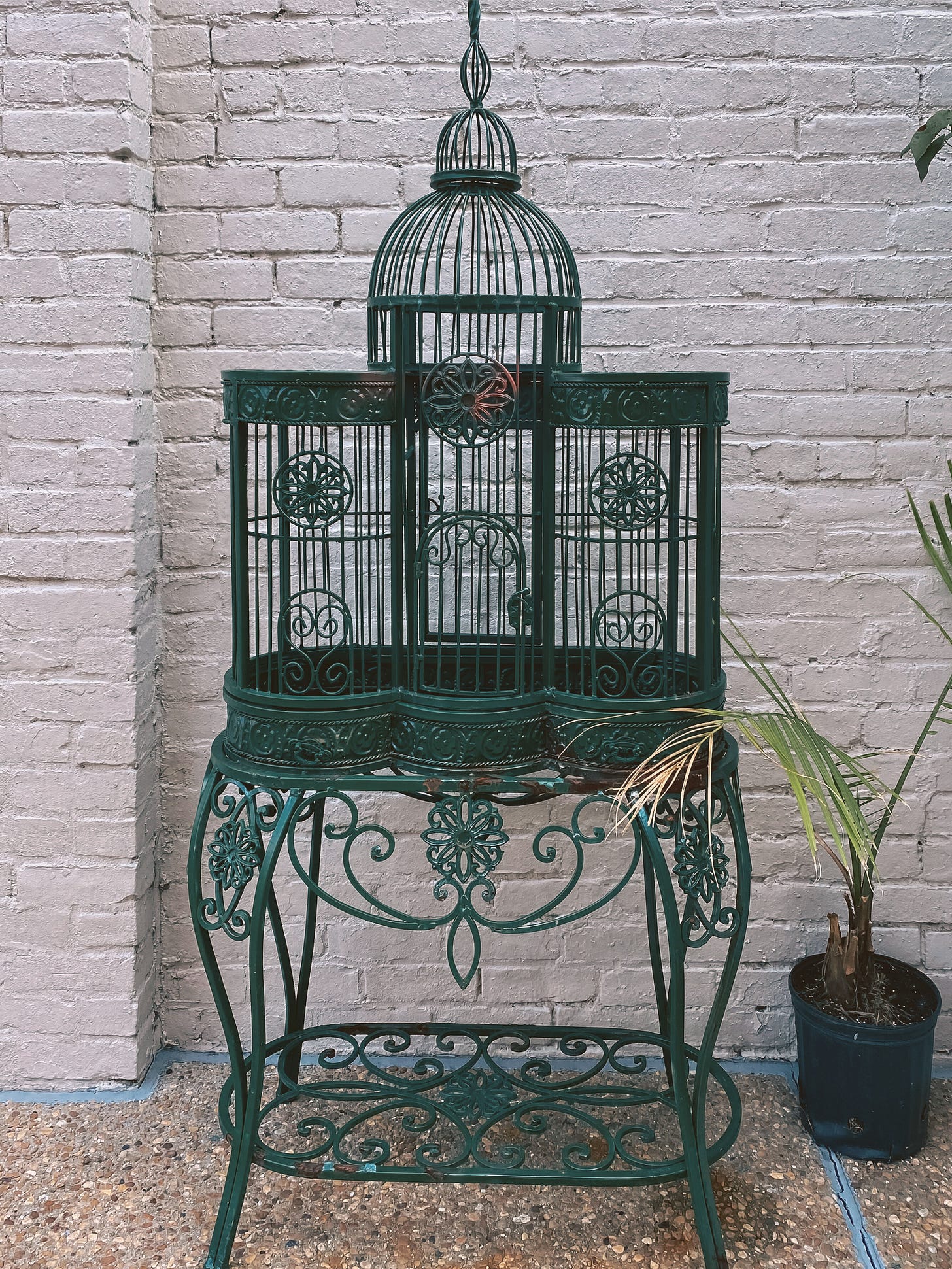
Here’s the thing they’re not telling us. Simplicity is completely relative.
Over the years, working with people across countless cultures and socioeconomic statuses, I've learned that one person's peace is another’s chaos. And that true simplicity must come from a place of authenticity.
It should be intentional, sustainable, and balanced - not rigid, competitive, or comparative.
And let’s be real for a second. This idea that freedom is only achieved by living with less – is often only accessible to those privileged enough to achieve it. Why? Because having less costs us money.
We are not all set up to afford the high-quality investment piece over the cheap and available necessity, or the farmers' market organically packaged haul over the bulk goods on sale that come wrapped in plastic. And my favorite: the lack of tools and resources needed to manage a yard, go camping, or keep your kids entertained that somehow turns into subscriptions and membership fees.
When rules to simplicity start to exclude the majority of people, then in my opinion – that shit’s going in a plastic bag.
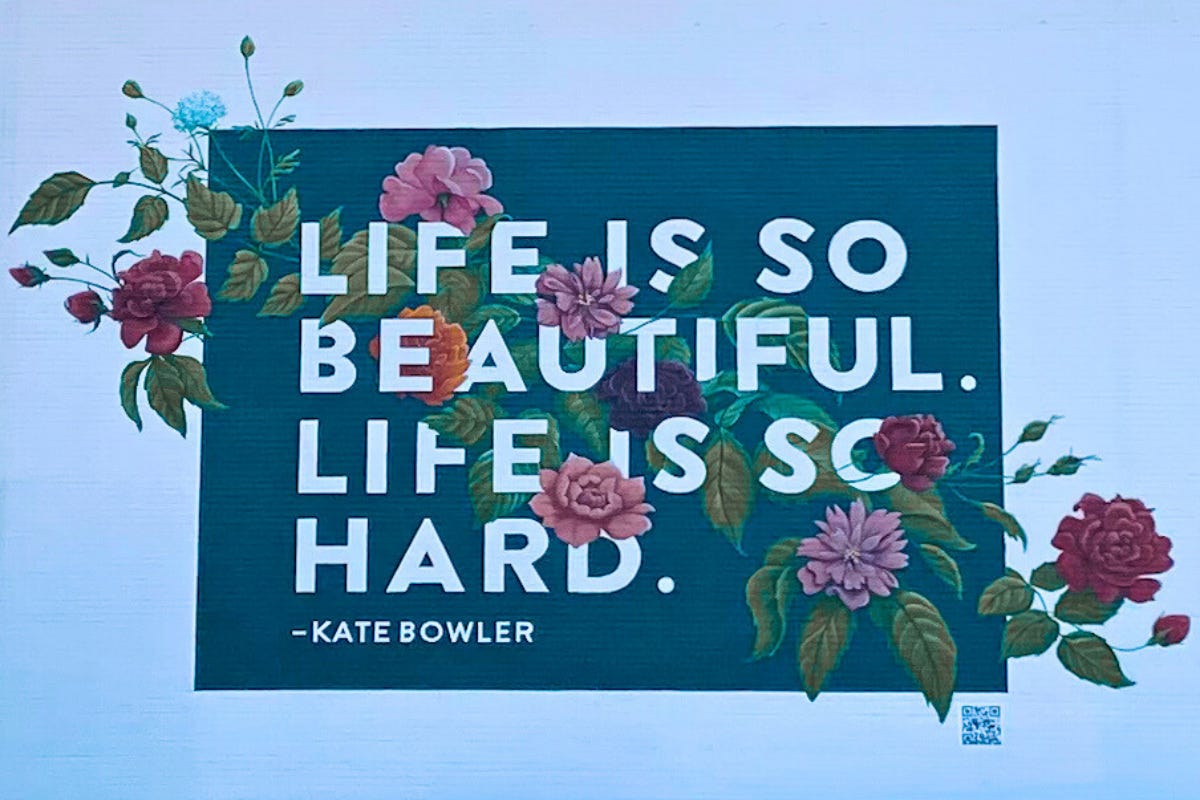
So, with that out of the way. What does simple look like for someone who is fed up with the marketing campaign on my self-esteem?
For one, it’s bright, colorful, and full of joy. It’s minimalistic maximalism – where I am mindful and thoughtful as it pertains to what I own, but I am not ashamed for having invested in enough outdoor gear for a family of four to survive a zombie apocalypse.
It is ensuring that caring for and managing material items is not keeping me from my family. It’s not worrying about whether or not my living room is a perfectly curated background. It’s having a room filled to the brim with art supplies and all the tools to manage a garden that seems to only feed the local wildlife – and not feeling shamed. It’s trying not to waste but throwing all the shit I was trying not to waste out because life led to their neglect – RIP windowsill food scrap garden.
Ultimately, it’s about shutting down the noise and doing what you want to do. Stop listening to those who say – you have to live in a box for the sake of others. If you want a blue and black ceiling, do it. If you want to fill your home with your own art, do it. If you want artwork of Tupac and Eazy-E on your wall, fucking do it.
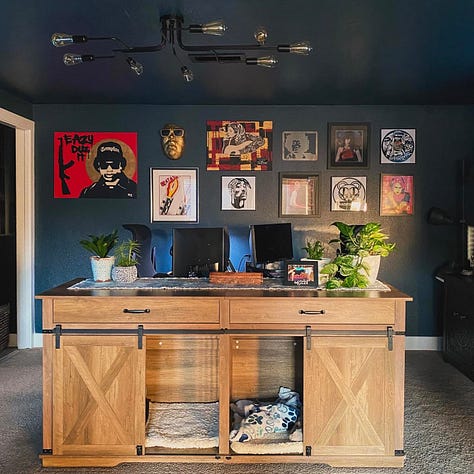
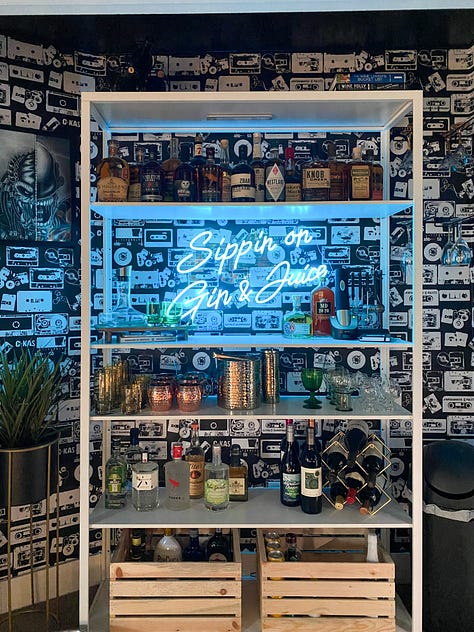

plant a little chaos in your inbox





